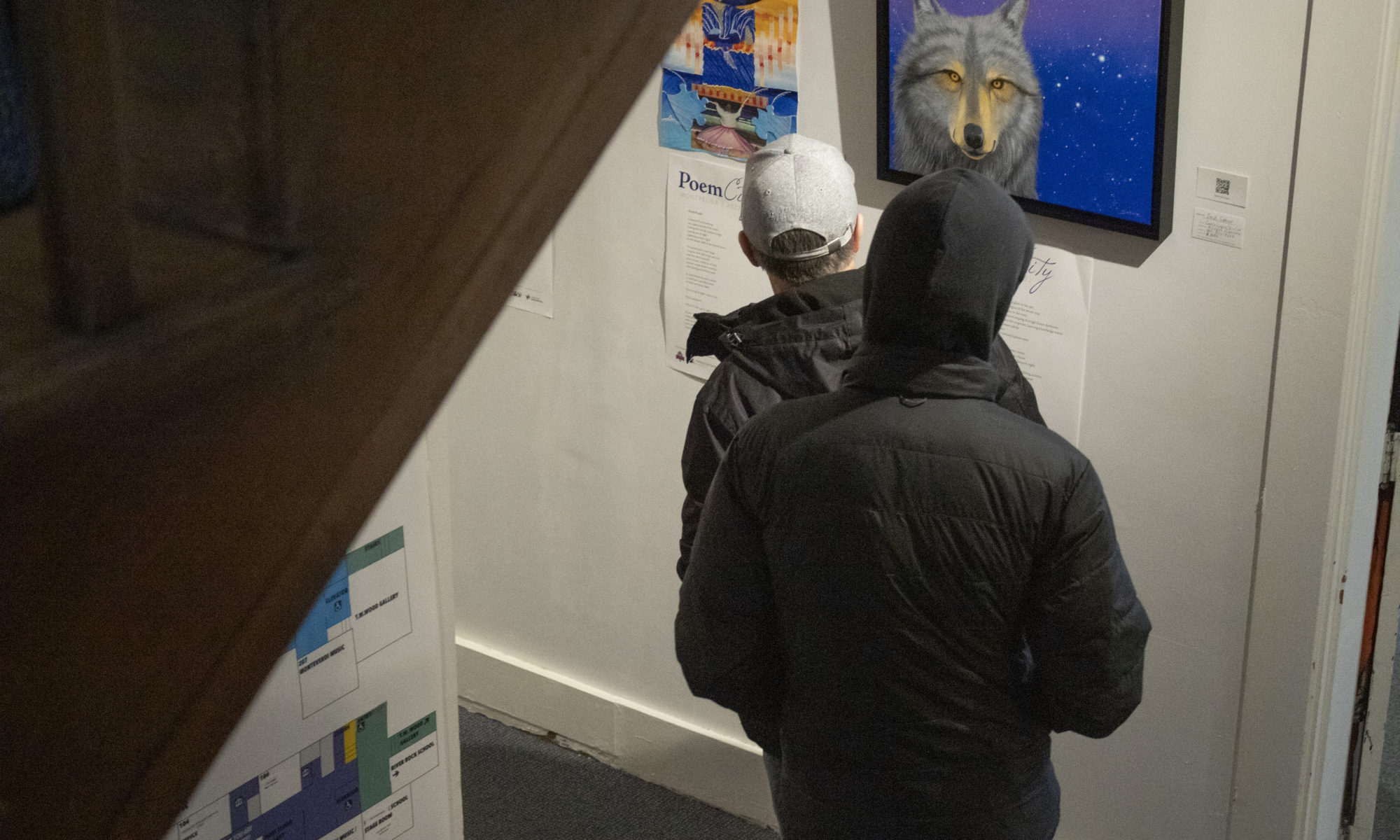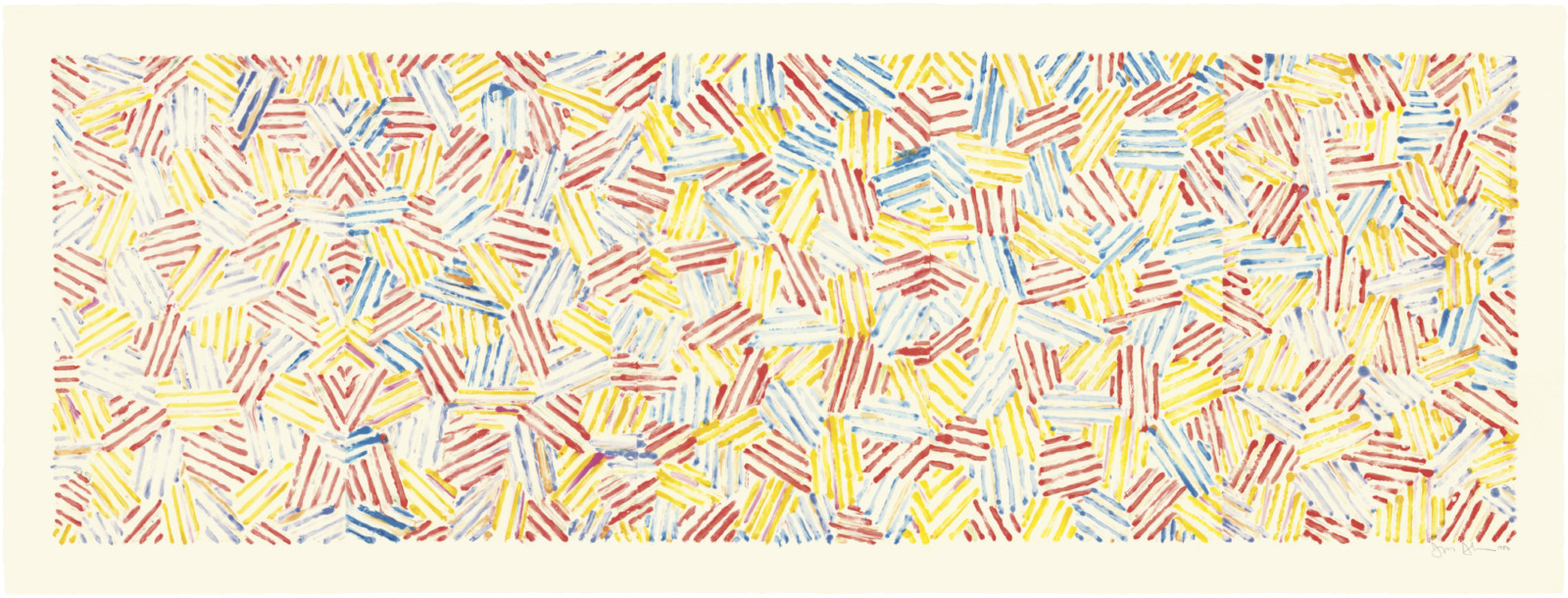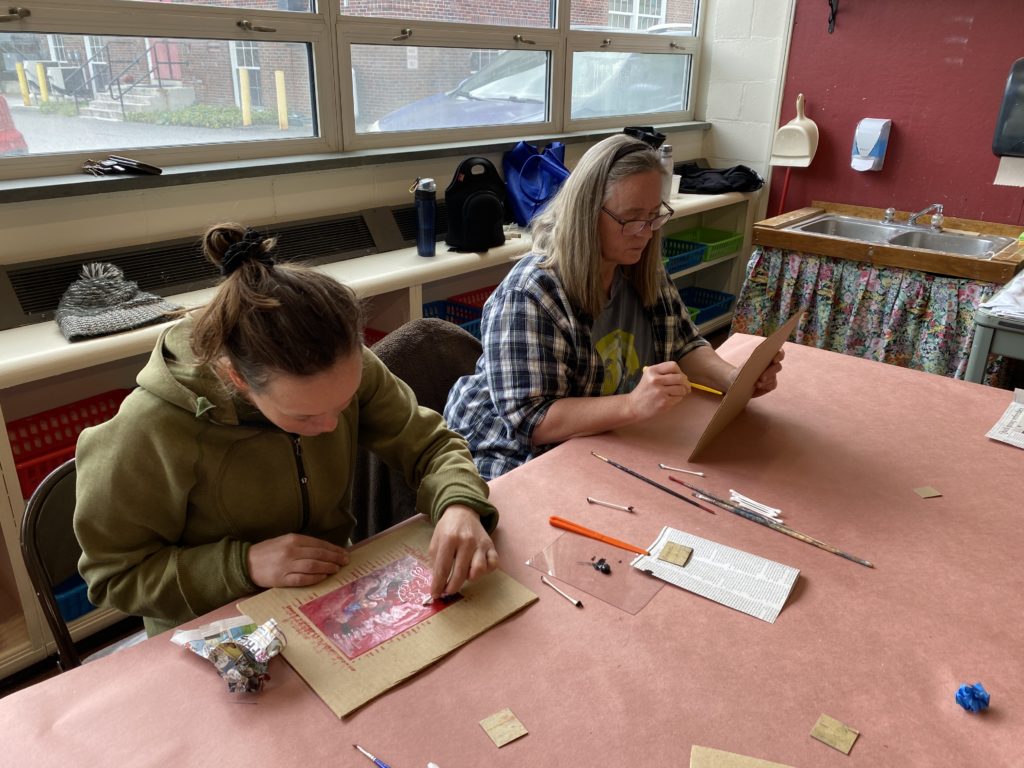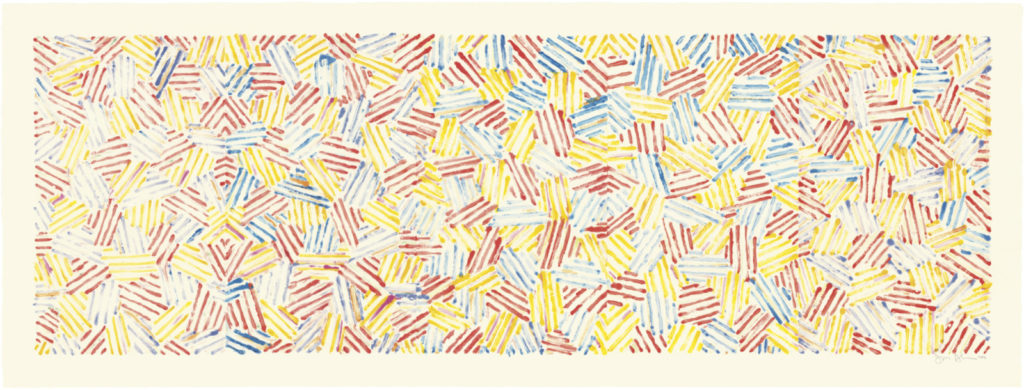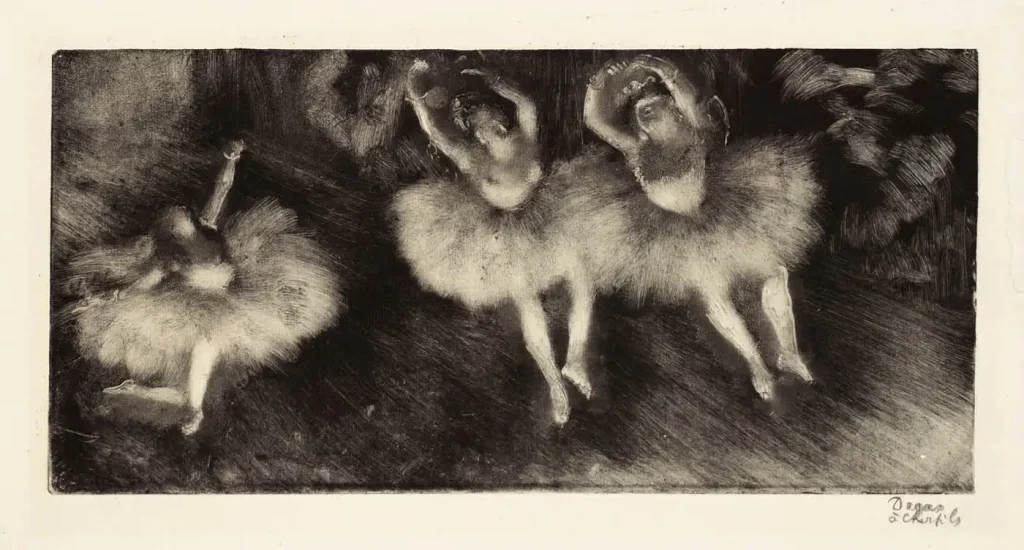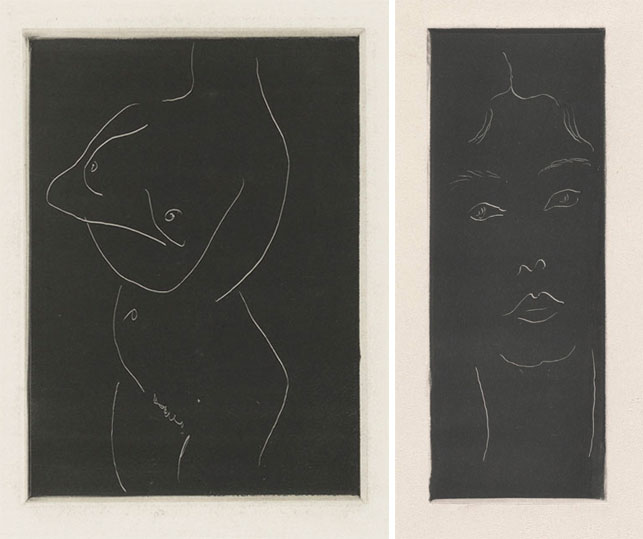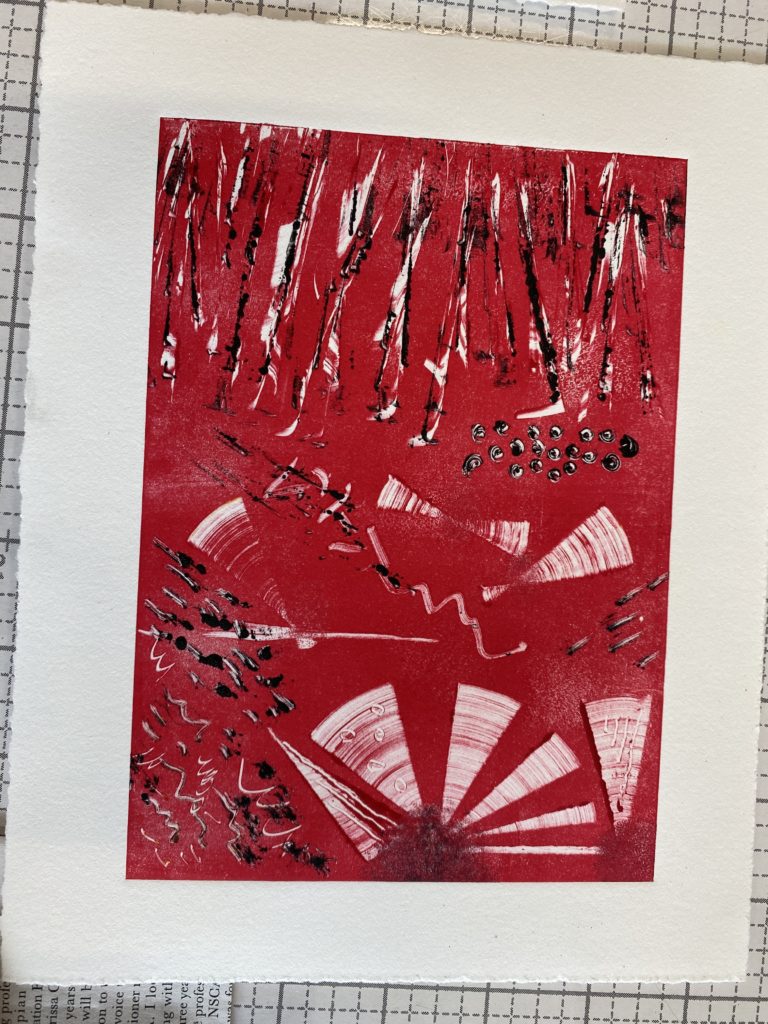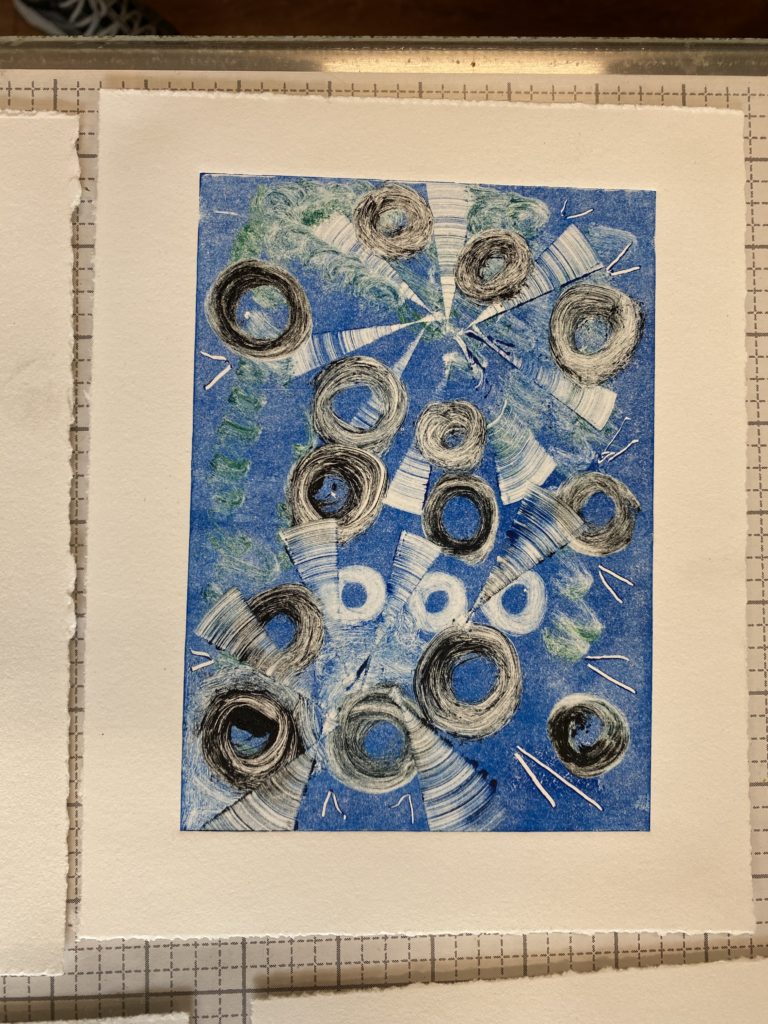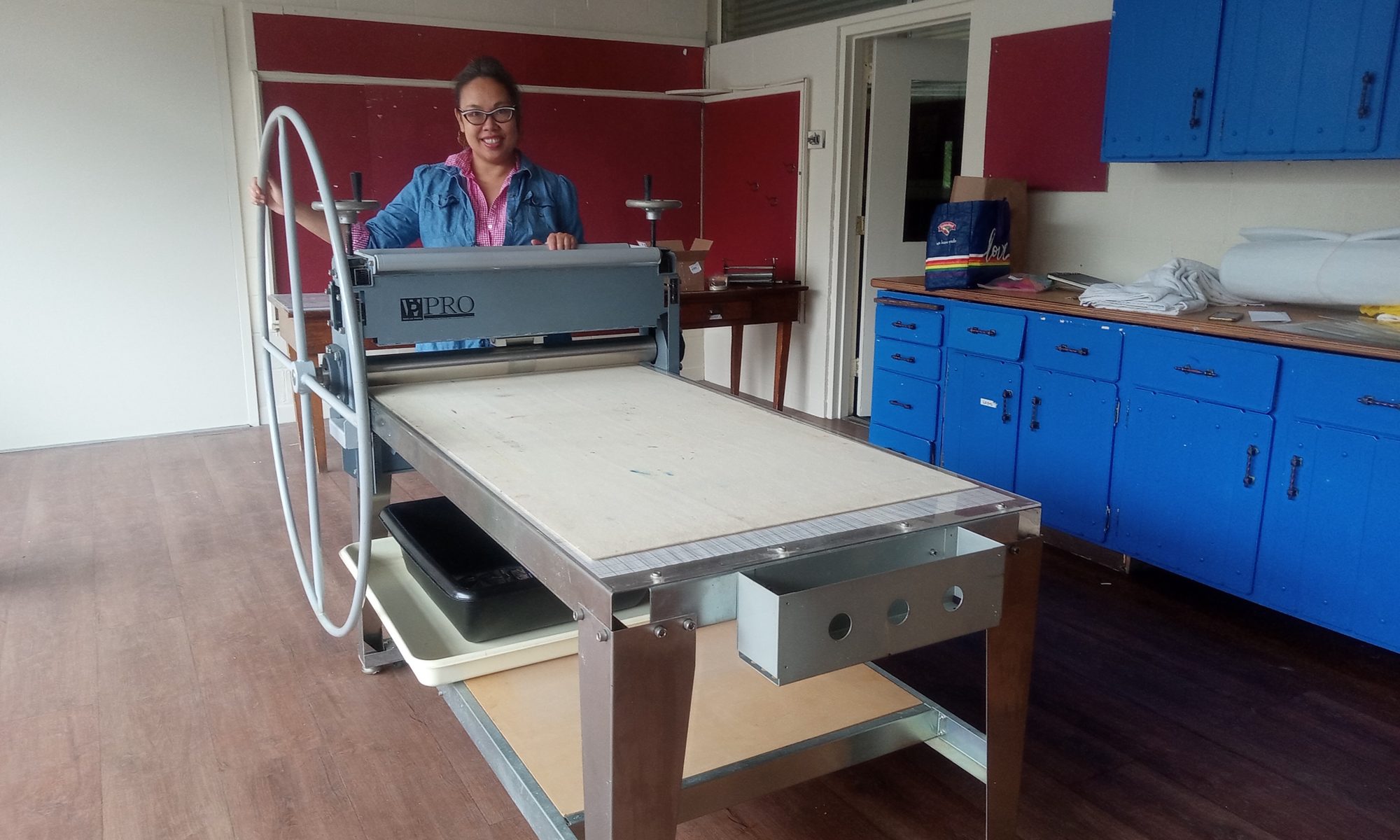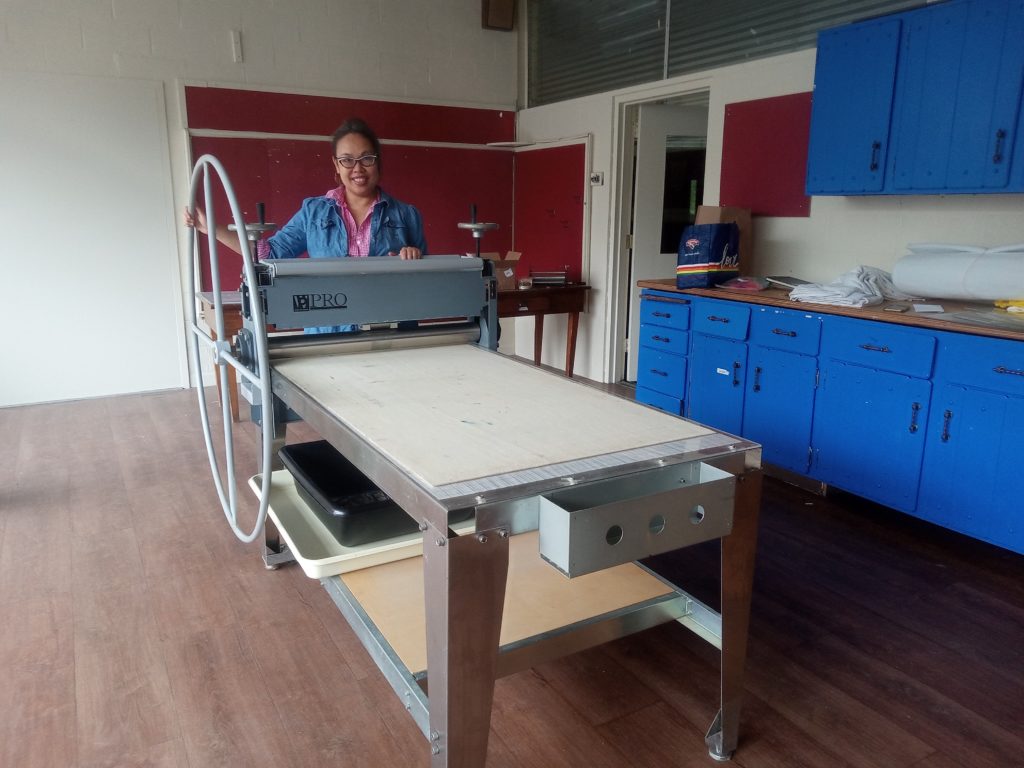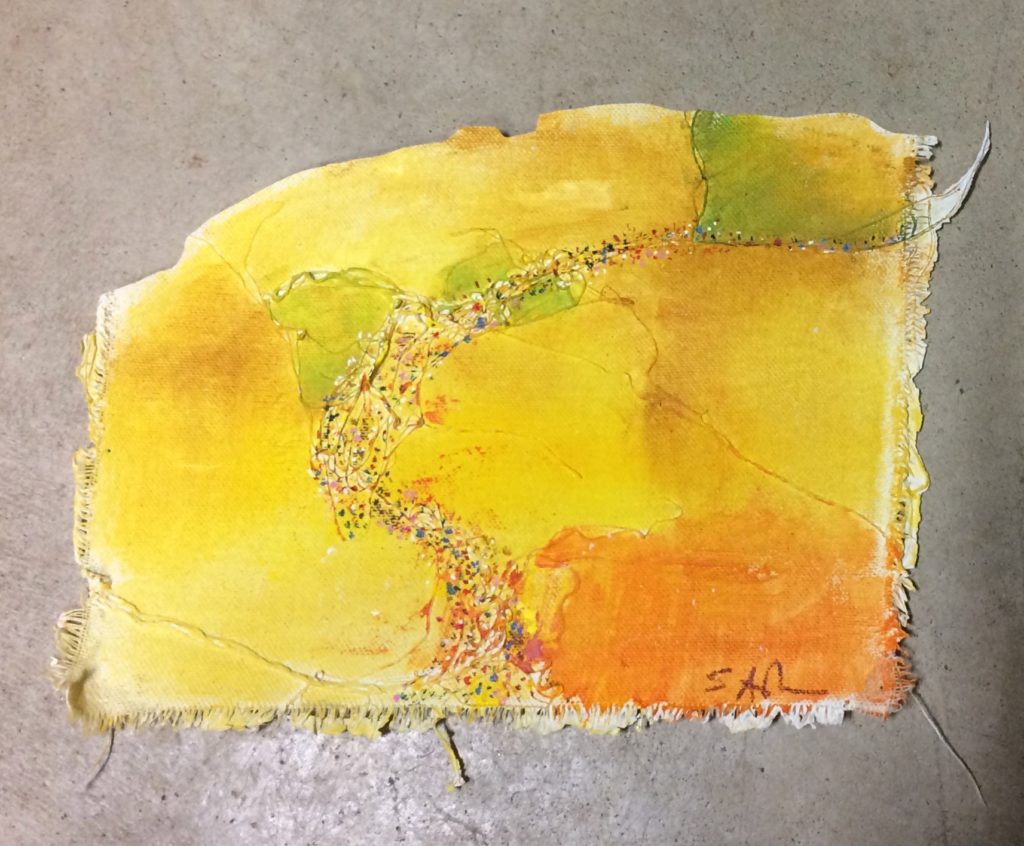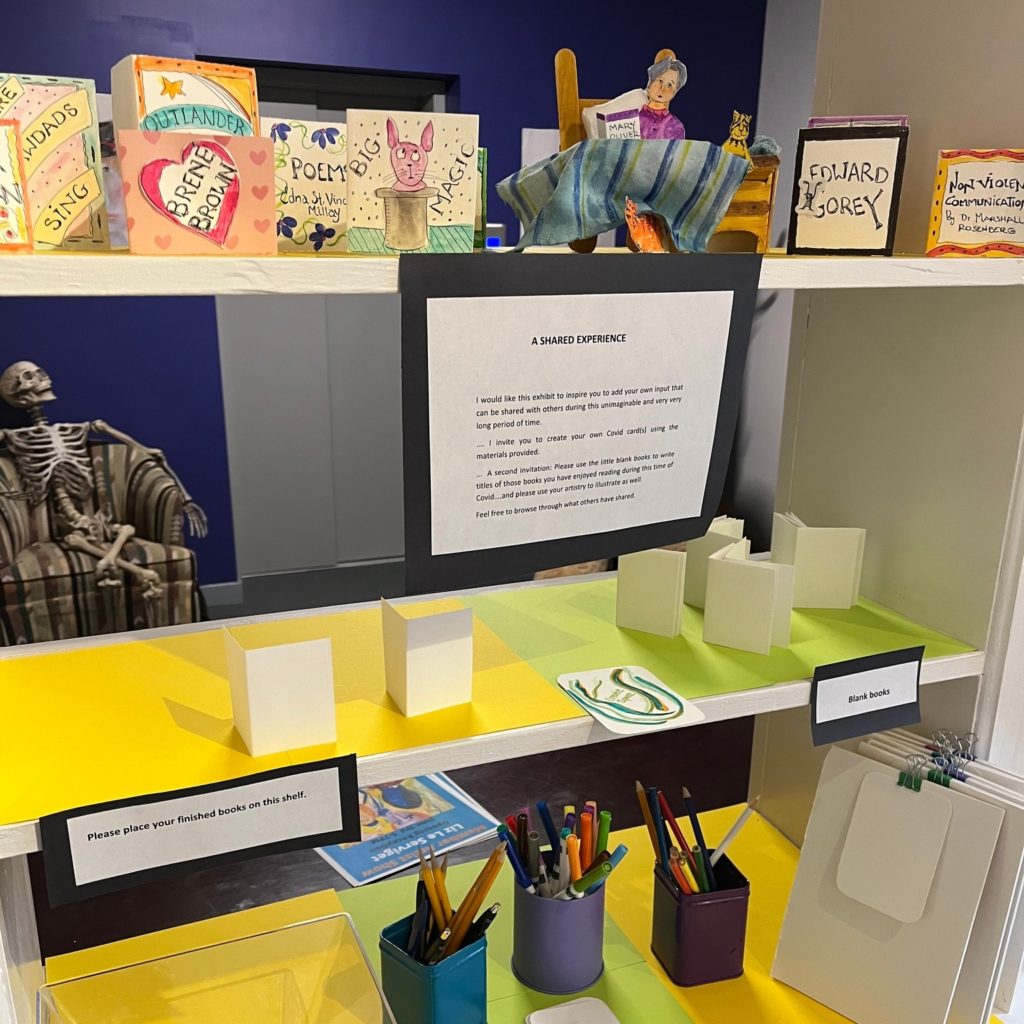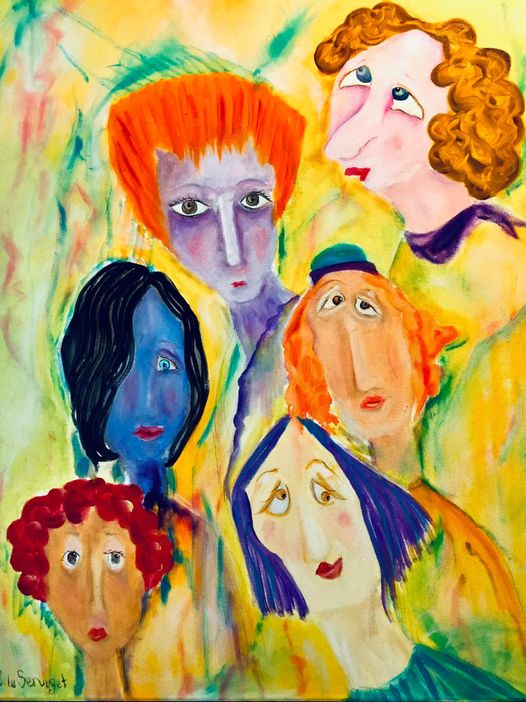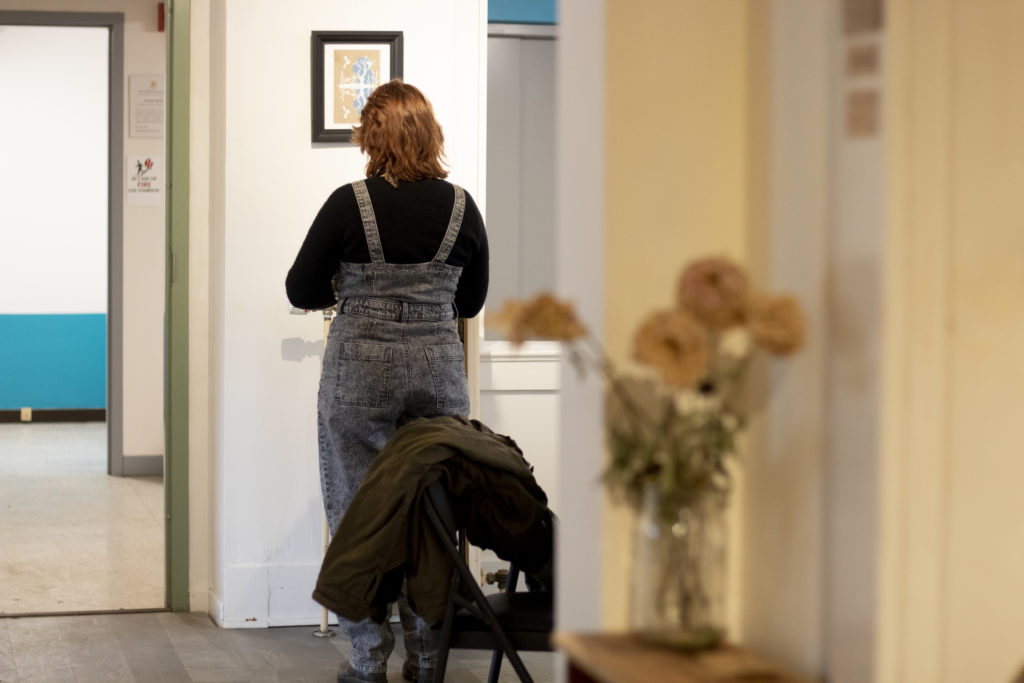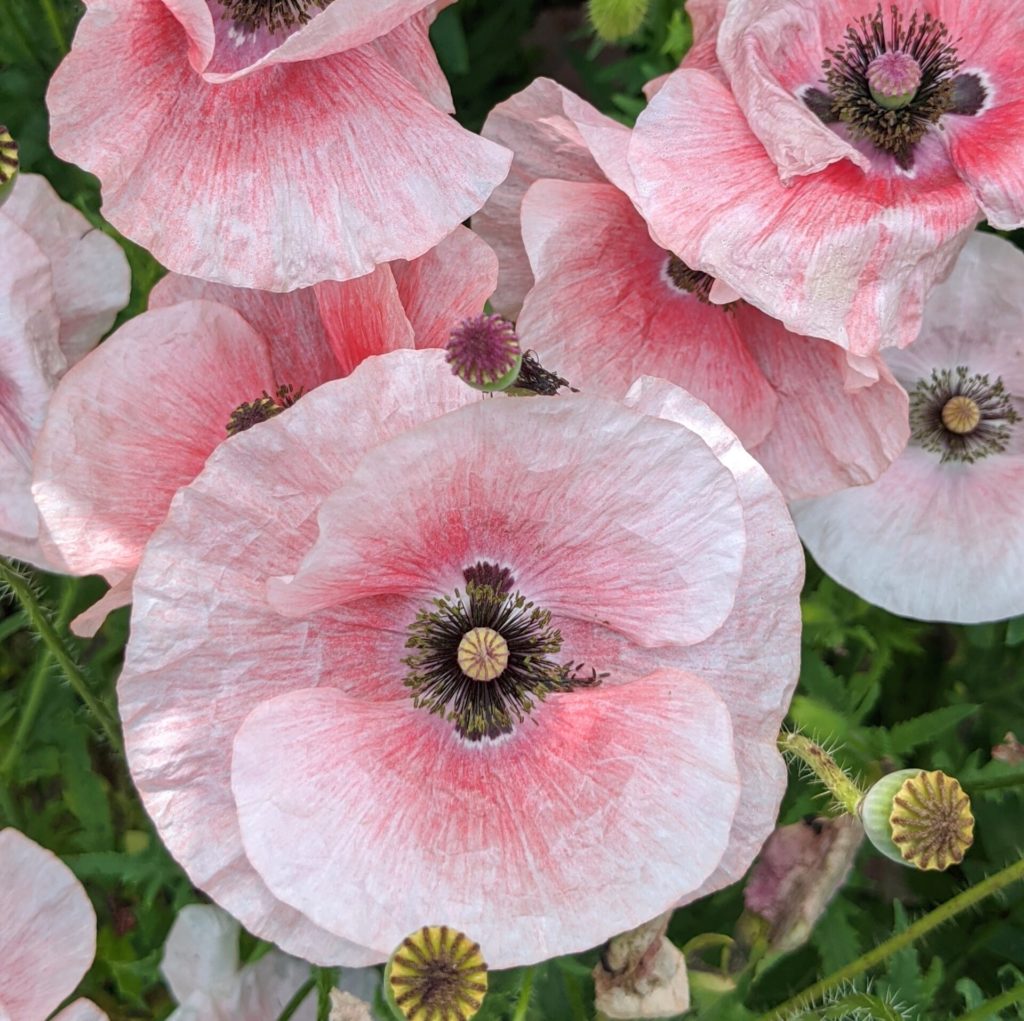Montpelier’s downtown organization, which has produced the bi-monthly Montpelier Art Walk events for decades, offers the management of the program to The Center for Arts and Learning (CAL), a nonprofit arts center located within the walkable downtown.
“I’m excited to expand CAL’s programmatic offerings by adding Montpelier Art Walk to our works,” said CAL executive director Phayvanh Luekhamhan. She previously managed the program as a volunteer for Montpelier Alive over ten years ago. “In a way, it’s like picking up a paintbrush again after a long time away,” she said. “I love working with the volunteer committee, many of whom I’ve worked with before.”
Katie Trautz, of Montpelier Alive, the downtown organization that had managed the program, states, “As Montpelier Alive grows capacity to meet the community need this year, we are seeking partners to help ensure our events continue. We know Phayvanh, and the Center for Arts and Learning, will uplift Artwalk and bring new life to this beloved event.”
The Montpelier Art Walk takes place on the first Friday of every even month between 4 and 8 PM in various venues in downtown Montpelier. In 2024, the program guide will also include listings for music, performance, classes, and other cultural opportunities. Montpelier Alive remains a sponsor of the program.
“I see this as a local cultural resource,” Luekhamhan said. “Downtown Montpelier is dense with creativity across many disciplines. I hope that this guide can represent that.” She hopes as well that the regular events encourage patrons to purchase art work and support the economic viability of local artists.
She still plans to display work in the two galleries at CAL. Located at 46 Barre Street, the facility is the permanent home of the Art Resource Association (a nonprofit arts group) and also hosts solo shows. Organizational partners the T.W. Wood Gallery and the Monteverdi Music School also take part in Montpelier Art Walks.
“There are many venues on Barre Street that regularly participate in Art Walk, and I see a lot of potential to celebrate the district’s revitalization. It makes a lot of sense that Montpelier Art Walk’s new home is with CAL,” Trautz said.
For more information about Montpelier Art Walk: artwalk@montpelieralive.org or cal-vt.org/artwalk


